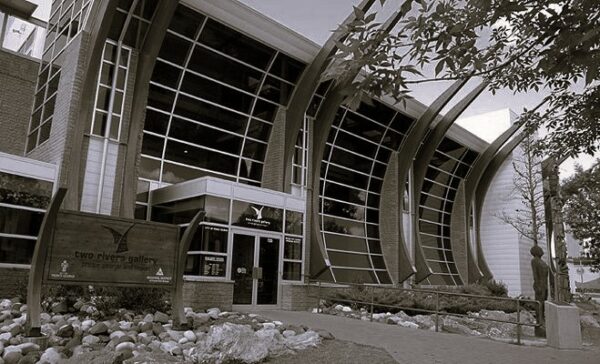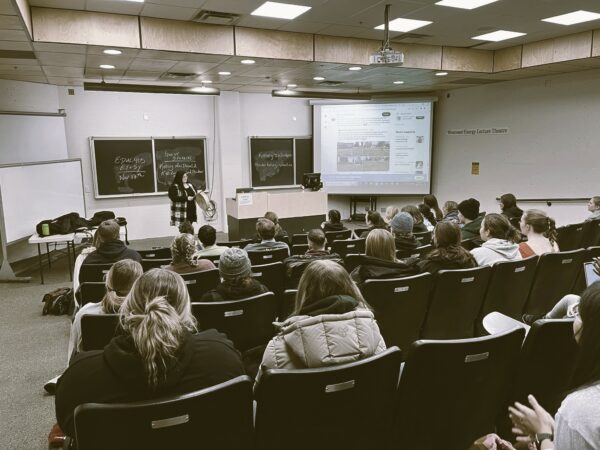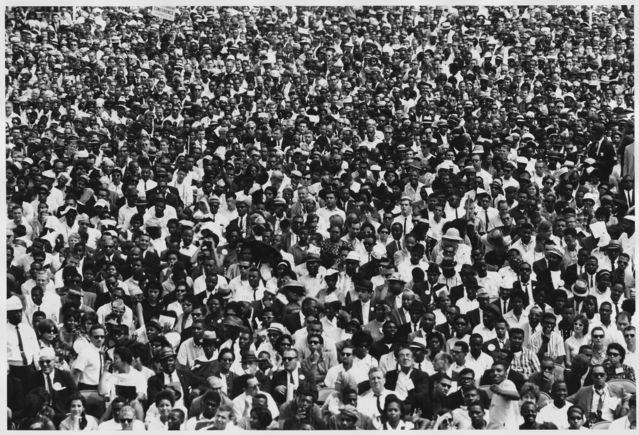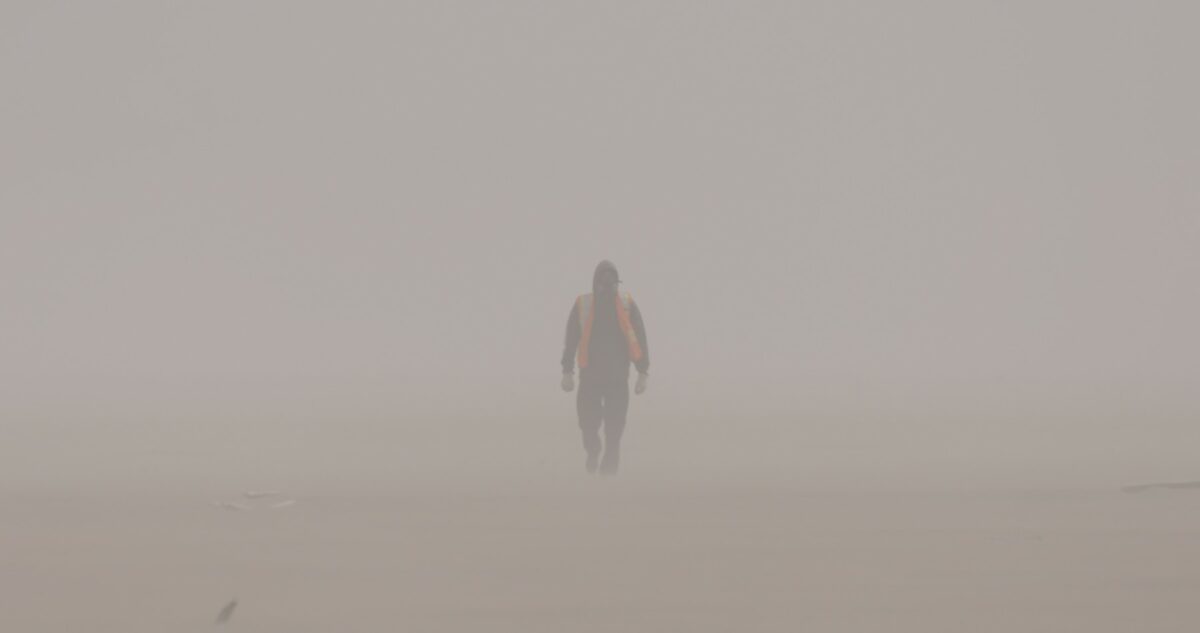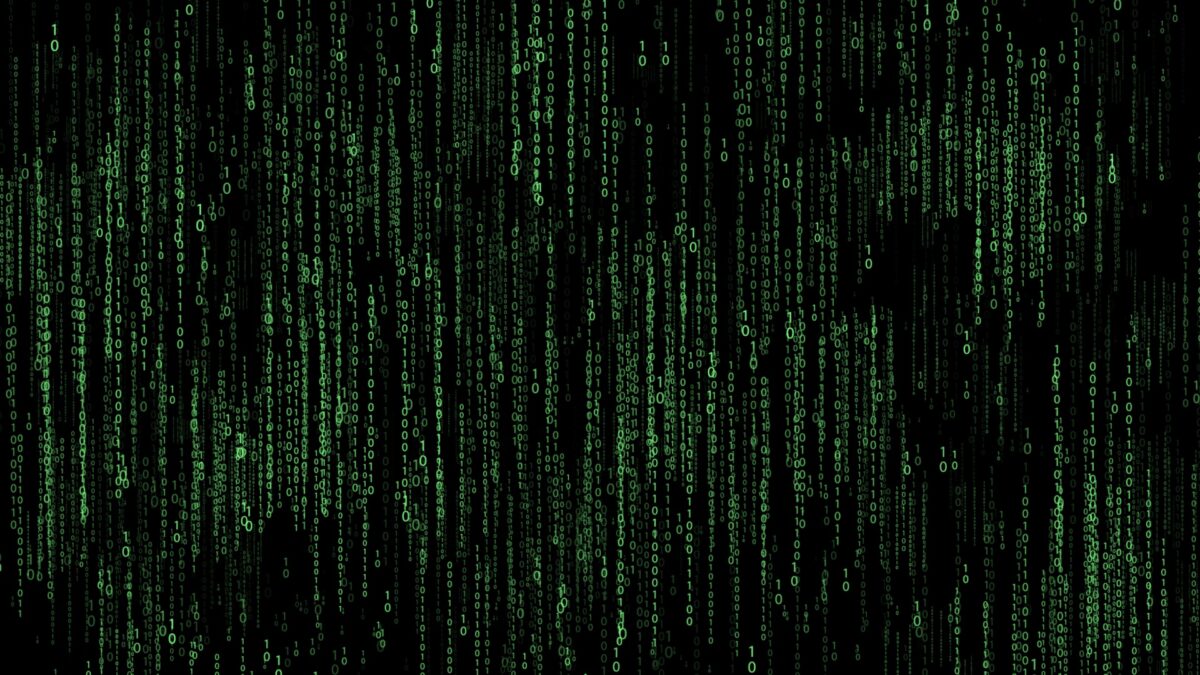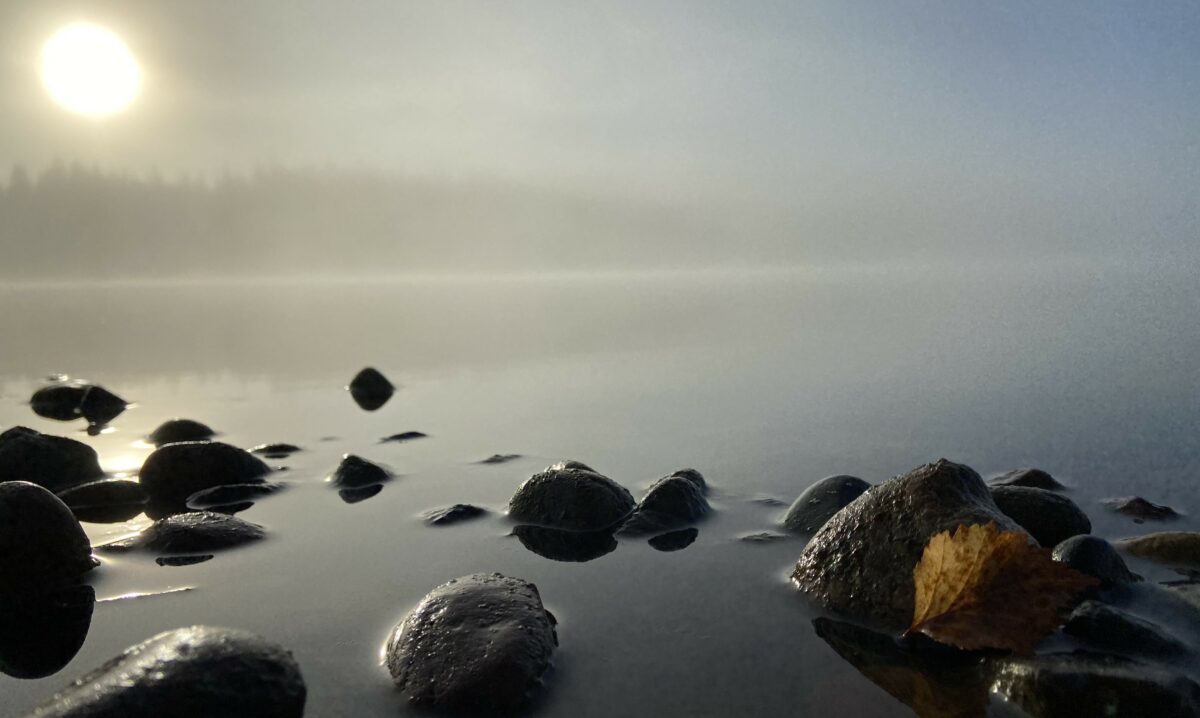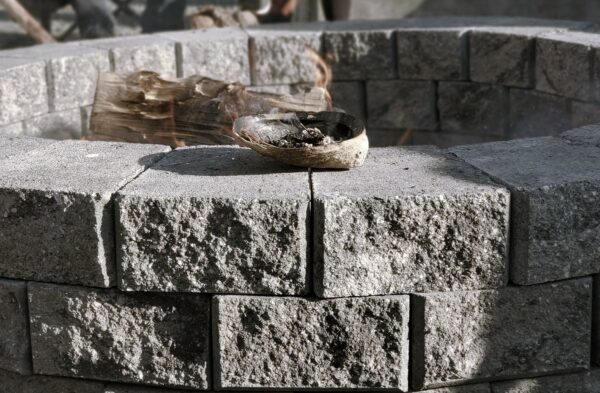The art gallery is somewhere I have been a lot. I have attended showings, been with my parents and participated in the BMO kid’s art days. I have also gone countless times for school field trips. As I become a teacher, an important thing to consider is the value external sources can bring to students.
There was an instant feeling of acceptance when we walked into the building. This is an important thing for students who maybe haven’t found places they feel fit and resonate with. Easily connected community members can be a difficult thing to consider, I often think about the information they may share with the students. Is there a political motive? How will the perception of these adults adjust students’ outlook on life around them?
Returning to my experience at the art gallery, I walked in and felt welcomed by this beautiful wall of words speaking to hope and illustrating various South Asian perspectives. We were lucky enough to have a tour guide who was excited and passionate to share what the exhibit entailed. There was lots of commentary on personal image and how different family structures work. The perfect space to relate to the more difficult aspects of life.
At the end of the tour, we were taken to the final portion of the exhibit which showed dystopian domes. There was discussion about how the domes were made and how as students we could make our own. Creating a space where students can be creative and express self-identity feels much simpler and attainable after this experience.
The art gallery feels like a special space where all of our cares float away, and that is the type of environment I want to emulate in my own classroom.
